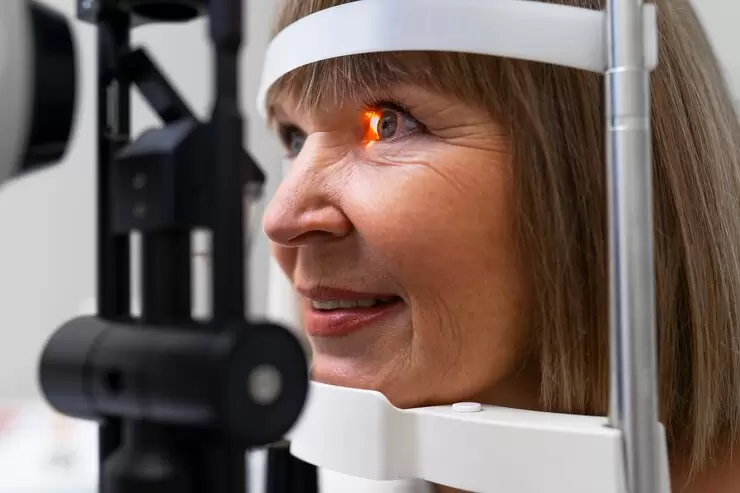
Cataracts are characterized by the clouding of the eye's lens, leading to decreased vision, blurriness, and increased sensitivity to light. The most effective treatment for cataracts is surgical intervention. In this article, we will discuss the process of cataract surgery using phacoemulsification and intraocular lens (IOL) implantation.
Phacoemulsification is the most widely used surgical technique for treating cataracts. This procedure involves breaking up the cloudy lens using ultrasound waves and removing it from the eye. The phacoemulsification surgery consists of several key steps:
Anesthesia: Before the procedure begins, local anesthesia is administered to ensure the patient's comfort.
Small Incision: The surgeon makes a small incision in the cornea of the eye. This incision serves as the entry point for lens removal.
Ultrasound Usage: A device called a phacoemulsifier uses ultrasound waves to break up the lens. This process liquefies the lens, making it easier to remove.
Lens Removal: The lens fragments are aspirated through the small incision using an aspiration system.
Following the removal of the cataract, an intraocular lens (IOL) is implanted in place of the natural lens. An IOL is a clear lens that serves as a replacement for the eye's natural lens. The benefits of IOL implantation include:
Phacoemulsification and IOL implantation is usually regarded as a minimally invasive procedure. The recovery process after surgery includes several steps:
Follow-Up: Post-surgery, it is crucial to have regular follow-up appointments with the surgeon to monitor recovery and address any issues that may arise.
Rest: Patients are advised to rest and avoid straining their eyes after the surgery.
Medication: Taking prescribed medications as directed by the physician is essential for a smooth recovery.
Physical Activity: It is recommended to avoid heavy physical activities for a period following the surgery.
Cataract surgery using phacoemulsification and IOL implantation is one of the most effective treatment options available today. This procedure effectively addresses the vision problems caused by cataracts, providing patients with improved quality of life. If you have been diagnosed with cataracts, it is essential to consult with a qualified ophthalmologist to learn more about this procedure. Remember to prioritize your eye health by scheduling regular check-ups!